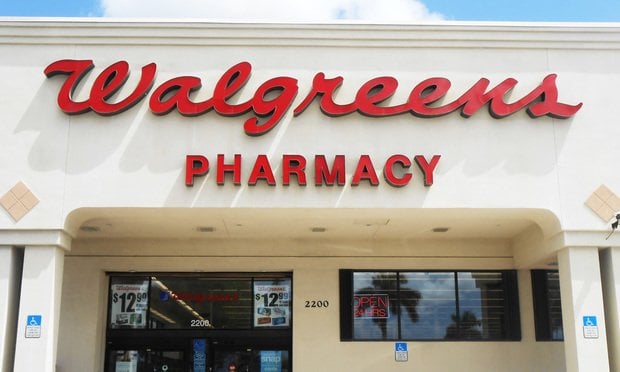In mid-August, Patty Fontneau, the chief executive officer of Connect for Health Colorado, left her post to take a job with Cigna. ¶ It was the latest controversy in a far-from-perfect year for Colorado's state exchange and Fontneau both: there was a great deal of criticism surrounding the compensation plans for Fontneau and other executives; and in March, a mid-level manager for the exchange, Christa Ann McClure, was forced to resign after allegations of theft and fraud surfaced—allegations made by a previous employer in Montana.
“We set three models—one at 75,000, one at 136,000, and our high-level model is 200,000 people enrolled,” Davis notes. “We hit our mid-level model in late June, so we're really proud of that.
“Our state exchange is not like the exchanges in most states,” he continues, “because ours is a stand-alone nonprofit organization. We're working in partnership with the state to refer citizens for Medicaid, and as of April, 178,000 Coloradans have qualified for Medicaid since we opened our doors. So that's essentially 315,000 Coloradans who have received health insurance as of late June, if you include the public options. So, big-picture, we've had a pretty sincere and large impact of Colorado's health care outlook.”
Matt Case, vice president of strategy and development at Access Health Colorado, a carrier participating in the Connect for Health Colorado exchange, says the biggest challenge for Access Health Colorado has involved issues with enrollment.
“Going into the launch of the exchange, we believed consumers would have a single-eligibility, single-enrollment process,” he explains, “processing Medicaid eligibility at the same time as the tax subsidies. But that didn't happen, so we had people stuck in a process where they were waiting to hear about eligibility before they could move any further.”
Although that was problematic, Case adds that the perception of problems with the online exchanges added to those burdens.
“Just the perception of the cluster kept people out,” he notes. “They thought, 'I'm going to wait until this is all figured out.' We definitely saw that at a federal level, and in our state, we suffered even though we didn't have anything to do with the federal exchange.”
Access Health Colorado sold products through the health marketplace in 2014, and Case says brokers will be key to their strategy for 2015, in addition to selling products directly to the public; the exchange has given Access Health Colorado a platform for a unique product that they developed to fill a gap in the health marketplace.
“There are a lot of very complex conditions that require care management plans and a focus on integrated care between physical and behavioral health,” Case explains. “One of the things that can be most disruptive to a person's care is having to move to a whole new system and start over—that's a big problem in all of our health care delivery systems. So we made a conscious decision to create an option for people in the marketplace who needed that community. We restructured our entire company to develop a commercial health plan, and we deliberately went out to the market in a very conservative way. We wanted to observe and learn and apply our lessons to a really solid strategy in 2015. And that's where brokers come in for us, because we know they will be critical to our success moving forward.
“We're a little bit different, and most brokers have not seen carriers like us before, and they probably aren't used to a very community-oriented, locally based health plan that's also still mission-oriented,” he concludes. “But for brokers who have clients who are buying local—and there are more and more people buying local—we think we have a really good chance to expand our client base in this next year.”
Davis says that future areas of focus for Colorado's exchange include streamlining the application process and working with insurance companies to improve the variety and price of plan options.
“We want to see the small-business options improved,” Davis adds. “They're not what we hoped they would be, and that's probably one of the most challenging areas that we've worked in. And we're moving toward a single, streamlined application, which will be much easier for consumers to use.”
“In general, folks are very happy with the quality of the plans we're offering and the diversity that we have, as well as the pricing. Our biggest challenge in Colorado, which we have no control over, has been the pricing, but the insurance companies are working on it, and we're hoping that they can come up with a solution.”
© 2025 ALM Global, LLC, All Rights Reserved. Request academic re-use from www.copyright.com. All other uses, submit a request to [email protected]. For more information visit Asset & Logo Licensing.







